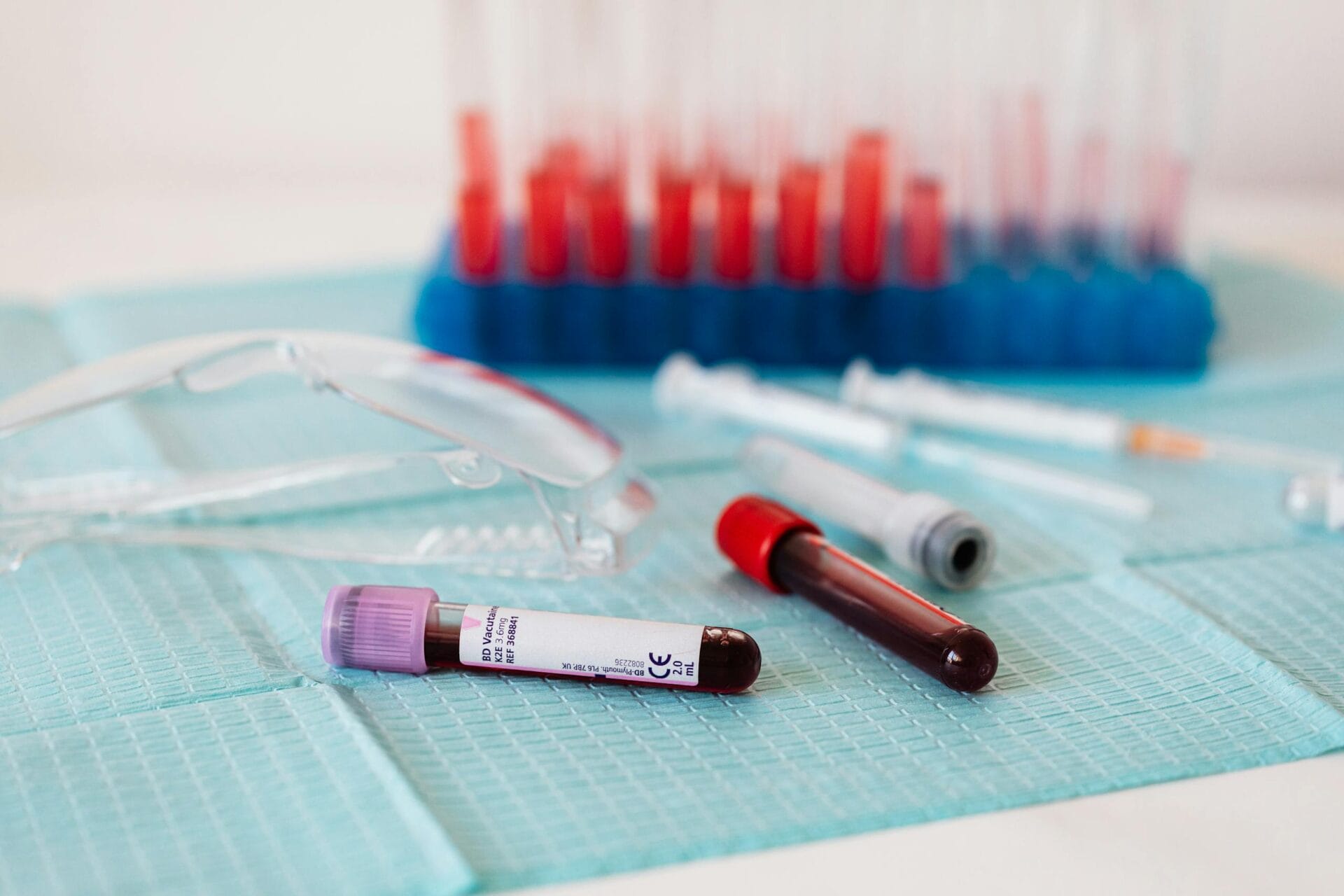How to Reduce Medical Waste Costs for Urgent Care Centers
Managing medical waste disposal costs while maintaining safety and compliance is a challenge every urgent care center faces. The key is to streamline the waste process without compromising the quality of care or safety.
By making a few strategic adjustments, you can reduce medical waste costs, improve operational efficiency, and ensure regulatory compliance. Here are some practical steps to help decrease waste disposal expenses in your urgent care center.
1. Reduce Waste Volume
One of the most effective ways to lower medical waste costs is to decrease the volume of waste generated. The less trash you produce, the fewer resources are needed for disposal.
Here are a few ways to minimize waste volume:
- Optimize supply usage: Evaluate how supplies, such as gloves, drapes, and syringes, are used. Cutting down on unnecessary usage can have a significant impact. You might also consider reusable options for certain items, such as sterilizable surgical tools, to decrease disposable waste.
- Reduce excess packaging: Medical supplies often come with excessive packaging. Purchasing in bulk or selecting items with minimal packaging can help your center cut on waste and save money.
By controlling supply usage and decreasing packaging waste, you can directly reduce the waste generated and, in turn, the disposal expenses. This also improves urgent care efficiency by streamlining waste management processes.
2. Streamline Waste Segregation
Proper waste segregation ensures that different types of trash are handled and disposed of correctly. When done right, waste segregation can lead to fewer costly mistakes and more efficient disposal.
Here’s how to improve segregation in your center:
- Use color-coded bins: Assign different colors for various types of trash (e.g., red for biohazardous materials and yellow for sharps). This makes it easier for staff to dispose of garbage correctly and reduces contamination, which can lead to higher disposal fees.
- Recycling: Encourage recycling of materials like plastics and paper. Many centers overlook the opportunity to recycle, but it can significantly lower waste volume and even offer rebates or cost savings.
- Monitor sharps disposal: Sharps waste requires special handling, and improper disposal can increase expenses. Ensure sharps containers are correctly used, and monitor their usage to avoid unnecessary replacements or pickups.
Segregating waste properly can prevent contamination and help your center save money by ensuring that each type of trash is handled according to its specific requirements.
3. Choose a Cost-Effective Waste Disposal Partner
Choosing the right medical waste disposal partner is essential for managing expenses. Look for one who provides transparent pricing and offers reliable service.
When selecting a partner, keep these factors in mind:
- Clear pricing: Ensure the company offers transparent pricing with no hidden fees. Understanding the cost breakdown helps you avoid paying for unnecessary services.
- Efficient pickup schedule: Select a company that allows you to adjust your waste collection schedule to align with your needs. For instance, if waste volumes are lower, you can reduce pickup frequency, which results in cost savings.
- Compliance and safety: While cost is a factor, ensure that your partner complies with all local, state, and federal regulations. Non-compliance can result in penalties, so it’s important to choose a reliable partner that meets all legal requirements.
4. Regularly Review and Audit Waste Management Practices
Regular audits of your waste management practices help identify areas for improvement. By reviewing your processes, you can find opportunities to reduce waste and cut costs.
Here’s how to do it:
- Track waste: Keep records of the types and quantities of waste generated. This will help you identify trends and areas where trash can be minimized.
- Assess costs: Periodically review your medical waste disposal costs. If your expenses exceed industry standards, you may need to reevaluate your practices or find more cost-effective options.
5. Train Your Staff Regularly
A well-trained team is essential to managing trash effectively. Regular staff training ensures everyone knows how to handle and dispose of medical waste safely, which in turn, helps reduce expenses.
Training should include:
- Proper segregation: Ensure your team understands the importance of properly separating waste materials. Otherwise, your center might have to pay for higher disposal expenses when contamination ensues.
- Efficient practices: Teach staff to use supplies efficiently and avoid wasteful practices. Small changes in behavior can lead to significant cost savings over time.
By investing in training, you ensure that your team follows best practices. This will help you control waste disposal expenses.
Reducing medical waste costs is essential for urgent care centers that want to stay efficient and compliant without sacrificing safety. By implementing waste reduction strategies, optimizing waste segregation, partnering with the right disposal company, and training your staff, you can significantly reduce waste costs while maintaining the highest safety standards.
These simple steps can help you lessen waste, save money, and improve the overall efficiency of your urgent care center, all while ensuring that you meet safety and regulatory requirements. For more tips on medical waste disposal, visit Medsharps.











